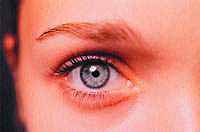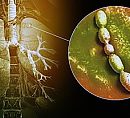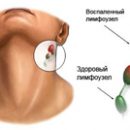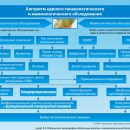Depending on which side the eye is deflected, they distinguish between the cutting and divergent squint, as well as the squint upper and squint the book; Perhaps a combination of horizontal and vertical eye deflection. How to determine the type of squint? How do different types of squint appear?
Content
Speed species
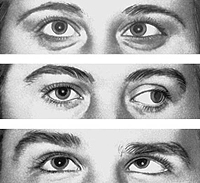 Depending on the deadlines for the appearance, duration, type and other symposses may have different characteristics.
Depending on the deadlines for the appearance, duration, type and other symposses may have different characteristics.
- By the time of appearance, the squint is divided into congenital or acquired.
- Squint can be periodic, moving to constant, or immediately constant.
- Due to the appearance of the squint, divided into primary, that is, arose against a healthy vision or secondary, when the squint preceded any eye disease (Belmo cornea, cataract, the pathology of the vitreous body and the eye bottom).
- The squint can be monolateral (right-or left-sided) or alternating (alternating, interspersed). The monolateral squint is a more serious impairment of vision than alternating, since pronounced amblyopia is always developing as a result of a constant deviation of one eye (complication of squint, reducing the visual acuity of one, not working eyes).
- Also distinguish between coming, diverging, horizontal, vertical and mixed squint.
Imaginary squint
 Sometimes the child seems to be squint, despite the fact that both eyes are actually fixed on the same subject. This condition is called false squint, which manifests itself when the child quickly translates the look to the left, then to the right, and then it seems that one eye has a mow. The impression of the squint is strengthened if the child has a wide flat nose or if he has narrow-seat or almond-shaped eyes. False squint decreases as the child grows and does not require treatment. However, the doctor must inspect the affected eyes of the child to make sure that he has no true squint.
Sometimes the child seems to be squint, despite the fact that both eyes are actually fixed on the same subject. This condition is called false squint, which manifests itself when the child quickly translates the look to the left, then to the right, and then it seems that one eye has a mow. The impression of the squint is strengthened if the child has a wide flat nose or if he has narrow-seat or almond-shaped eyes. False squint decreases as the child grows and does not require treatment. However, the doctor must inspect the affected eyes of the child to make sure that he has no true squint.
Paralytic squint
It occurs during paralysis or paresay (restriction or reduction of movement) of one or several oxogotic muscles, hemorrhages and tumors in the nuclei of the ocular nerves (centers of glasses in the brain), as well as as a result of injuries and injuries of the eye.



